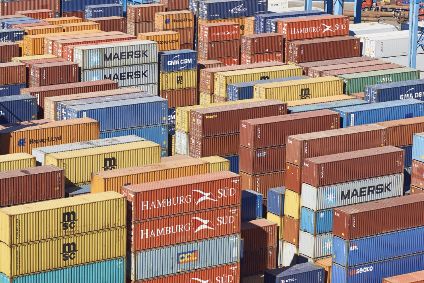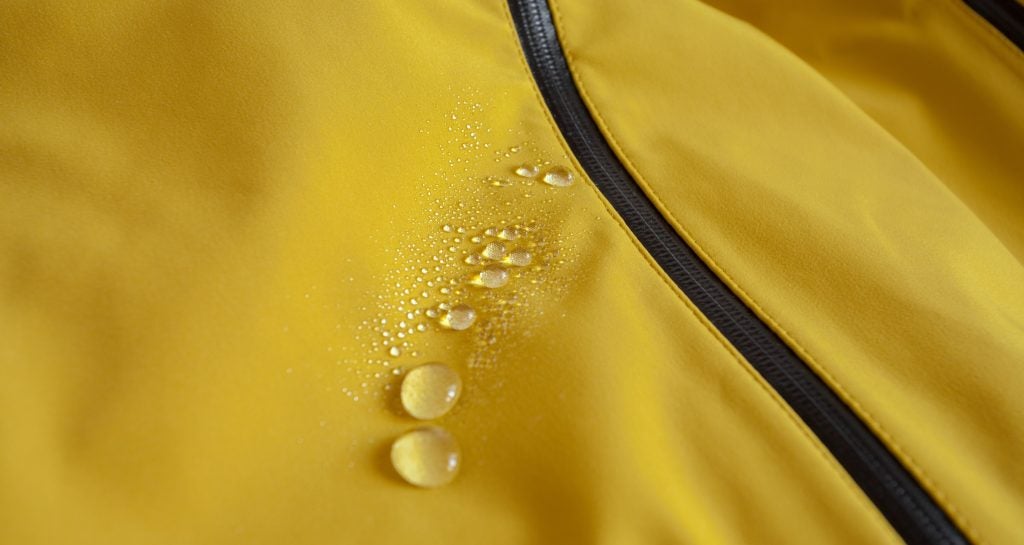
US apparel imports surged in June compared with May and all ten of the major supplier nations reported month-on-month shipment volume increases. But the year-on-year figures told a very different tale – shipment volumes slid as Central America and India bore the brunt of Covid-19 continuing to wreak havoc on supply chains.
The latest figures from the Department of Commerce’s Office of Textiles and Apparel (OTEXA) show the volume of US apparel imports from all sources surged 58% month-on-month in June to 1.5bn square meter equivalents. This compares to 951m SME the month prior and comes amid a year-on-year decline in both volume and value of shipments.
The figures for June show a 34.32% drop in volume against the same month last year and a 43% drop in value terms year-on-year to US$3.97bn.
In terms of individual supplier countries, all of the top-ten recorded a year-on-year decrease in June.
El Salvador once again booked the largest volume decline at 86.34% with shipments falling to 9m SME, while those from India fell 66.87% to 28m SME, closely followed by Honduras at 64.46% lower to 31m SME.
See Also:
Bangladesh, the third-largest supplier to the US, booked a shipment fall of 52.66% to 83m SME, followed by a 44.97% decline in Indonesian shipments to 50m SME.
How well do you really know your competitors?
Access the most comprehensive Company Profiles on the market, powered by GlobalData. Save hours of research. Gain competitive edge.

Thank you!
Your download email will arrive shortly
Not ready to buy yet? Download a free sample
We are confident about the unique quality of our Company Profiles. However, we want you to make the most beneficial decision for your business, so we offer a free sample that you can download by submitting the below form
By GlobalDataChina, the largest supplier to the US of apparel and textiles, saw shipments drop by 32.47% in volume terms to 650m SME, while Vietnam, the second-largest supplier to the US, booked an 11.77% tumble to 267m SME.
Of the remaining countries, Cambodia saw volumes decline 17.54% year-on-year to 60m SME and Pakistan’s volumes fell 12.07% to 40m SME. Mexico saw a 6.79% decline in shipment volumes to 66m SME.
While all of the top ten individual supplier countries recorded year-on-year declines for the month of May – as to be expected in light of Covid-19 – each of them saw shipment volumes rise in June from the month prior. The largest jumps came from Honduras and Pakistan at 210% and 100% respectively, followed by China at 65% and Vietnam at 64%.
Combined textile and apparel imports, meanwhile, fell 18.78% in June to 4.65bn SME, and 38% in value terms to $5.73bn. Textiles alone recorded a fall of 8.46% to 3.15bn SME, and a 21% fall in value terms to $1.76bn.
Facts behind the Figures
Central America
About five-months into the global pandemic that was coronavirus, the apparel supply chain saw immense disruption. China, where the virus first emerged, saw factory closures in the early part of the year, which inevitably had a knock-on effect at garment suppliers in other major sourcing countries. But as the virus spread across the globe, the next and biggest hit came when US demand slumped as retailers closed shops and cancelled or postponed orders.
In a continued theme from May, the most pronounced year-on-year fall in apparel imports to US during June came from Central American countries El Salvador and Honduras.
Garment factories across Mexico and Central America shuttered or reduced their output towards the end of March as regional governments responded to the coronavirus outbreak and US demand slumped amid retail shutdowns to contain the global health emergency. Many manufacturers announced 90 to 120-day closures, with thousands of workers idled or operating on reduced hours.
El Salvador lost 20,000 apparel industry jobs this year and could lose another 5,000 as production plummets. The losses will dent the industry’s current headcount of 80,000 as exports fell by $453m from January to May, depressing annual sales by 42%.
The country’s quarantine, which is said to be among the strictest lockdown measures in the Americas was extended “through at least” 15 June, according to risk management company WorldAware.
Observers expect Central America’s apparel exports to likely hover at $4bn to $5bn this year as the pandemic slashes shipments by half.
India
In June, reports began to surface that Indian apparel exporters feared missing deadlines with key inputs from China either stuck in Indian customs or not shipped at all following military tensions between the two neighbours.
The trade interruptions followed the killing of 20 Indian soldiers on 15 June in a Himalayan border skirmish with the Chinese army, which suffered an unknown number of casualties. Indian customs authorities began targeting Chinese businesses and products with special regulatory vigour.
In addition, garment factories were struggling to fulfil orders due to severe labour shortages as workers continued to migrate to their traditional village homes on the back of fears Covid-19 infections were more prevalent and deadlier in cities than rural areas. At the time Covid-19 cases in India had exceeded 250,000.
Research revealed India’s apparel industry stands to lose shipments worth more than US$3bn due to order cancellations and delays during the coronavirus pandemic. The country’s minister had previously pleaded with buyers not to cancel orders.







